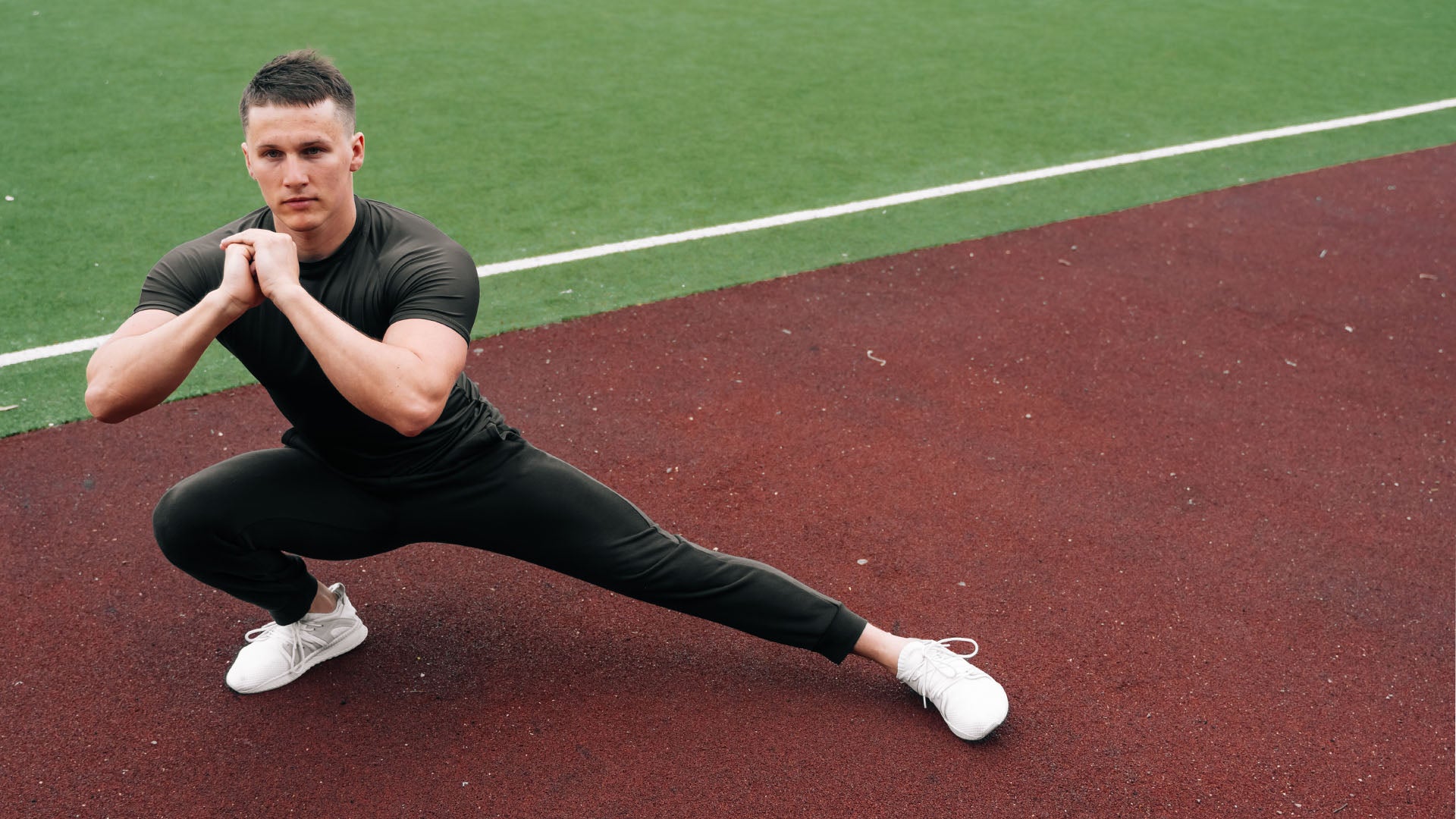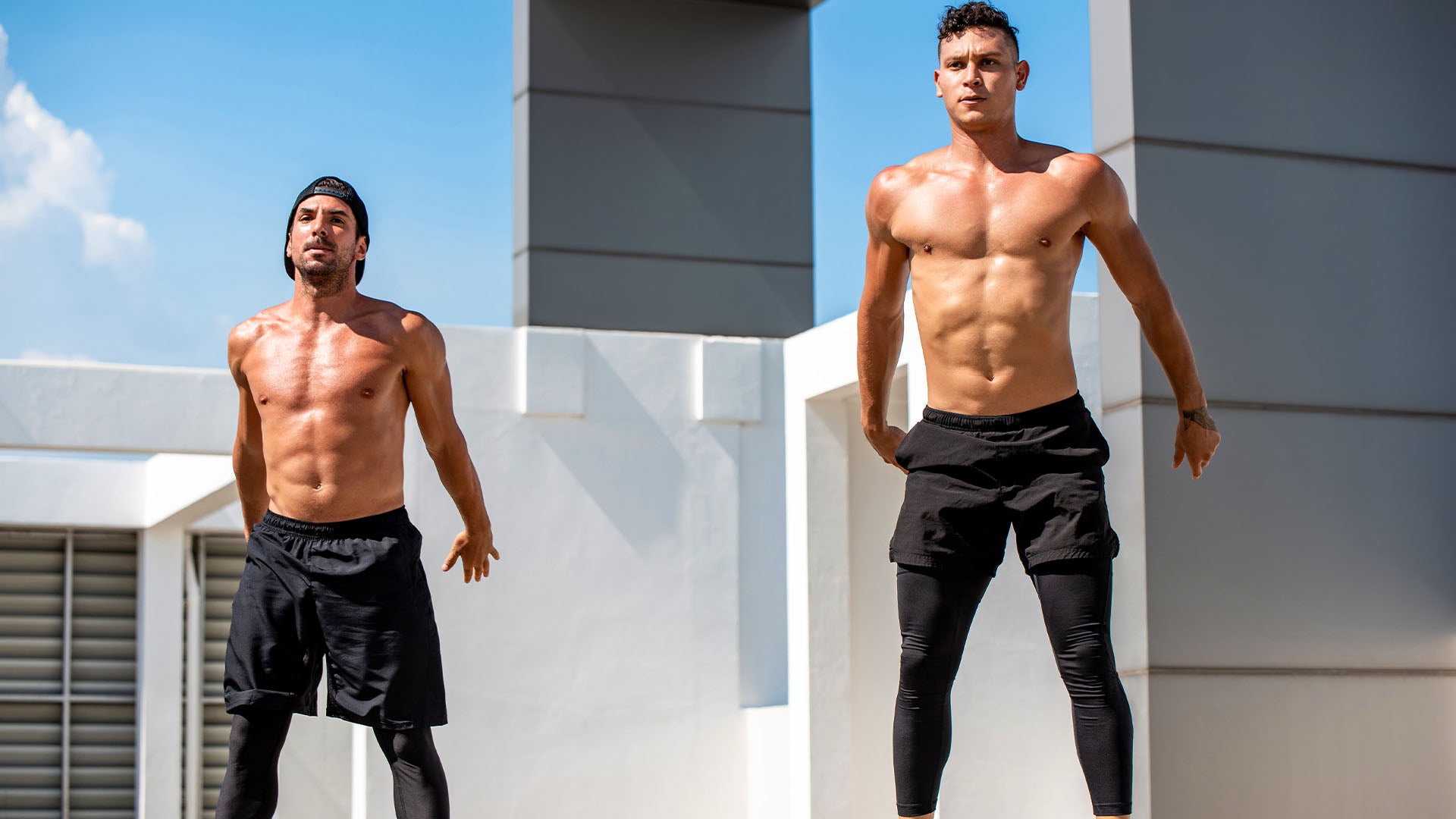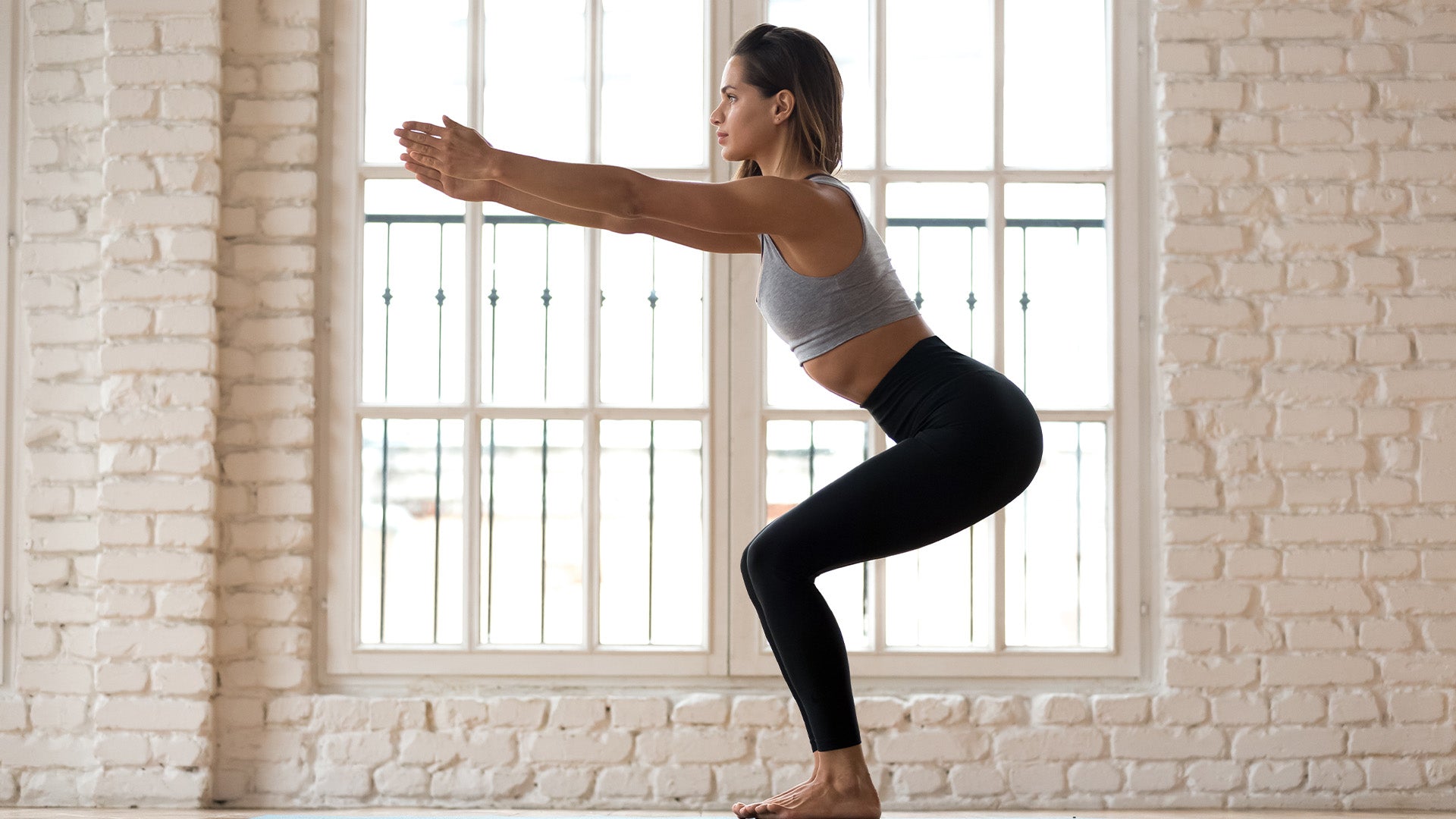Even the best basketball players have room for improvement, and what you do off the court can have a direct impact on how you do on the court. Here are some of the best workouts and exercises for basketball players.
What Should Basketball Players Focus on When Training?
Basketball is a sport that demands many attributes for players to succeed. Coordination, agility, lateral movement, explosive power, and more are all physical characteristics that even the most gifted athletes have trouble matching to their fullest extent.
And while having upper body strength to throw strong passes is naturally important, it’s important to note that most basketball injuries are ankle sprains, knee injuries, or thigh bruising – which are all related to the lower body. Focusing on lower body training is an important facet for players at any point in their balling journey.
With that in mind, let’s look at some of the best movements and techniques to incorporate into your training day to get better at your sport of choice.
1. Romanian Deadlift

The Romanian Deadlift, or the RDL, is a deadlift variation that targets the hamstrings and the glutes. This exercise should be incorporated into any training regimen, but for basketball players, it can have its own set of positive benefits.
Namely, basketball players need to be able to jump super high to get closer to the rim or grab rebounds. And an effective jump shot actually has to do with explosive power and the ability to hinge at the hips rather than jumping from the knees.
To do an RDL, hold weights in both hands and start from a standing position. From there, drive your glutes back while hinging your hips and keeping a soft bend in the knees. As the weights start to get closer to the floor, pause once you feel maximum tension in the hamstrings before slowly pressing back up to standing.
2. Lateral Lunge
Basketball is just as much about preventing the other team from getting those shots as it is about you getting some baskets. And lateral lunges are a great exercise to throw into your training program because they imitate the defensive shuffling action you’d perform on the court.
Doing lateral lunges helps your mind and body rehearse this movement more effectively while also strengthening the hip muscles for reduced risk of injury. These also strengthen the glutes to help with muscular imbalance and posture.
You can do lateral lunges with or without weights. Step one foot out to the side, driving the glutes back and bending the leading knee. Keep the opposing leg straight, and press back into the starting position.
3. Sprinter Lunge

Basketball players need to do quick, explosive movements every day, and sprinter lunges can help to improve explosiveness throughout a game. These cardio-based movements allow players to practice the powerful knee drive needed to run across the court and jump up for a lay-up.
To do sprinter lunges, start with one leg behind you and one knee bent in front of you. Place the opposing hand on the ground. Using the power in your back leg, drive the opposing knee towards your chest, hopping off the ground with the front leg. If you’re still working up to the hop, you can do this move without jumping – just focus on that knee drive from the back leg.
4. Medicine Ball Squat to Toss
When it comes to training for a sport, the best exercises mimic the movements you’d be doing in the game itself. And there’s no better way to do that than with a medicine ball squat to toss. This move helps you practice a proper leaping motion by blasting upward from the hips while also strengthening power from your shoulders to shoot that ball even further.
To do a medicine ball squat to toss, hold the medicine ball against your chest and squat down, driving the glutes down and keeping your knees stacked above your ankles. Press your feet through the floor, coming up to stand. While returning to the starting position, toss the ball into the air and catch it on the return. Repeat.
5. Side-to-Side Squat Jumps (Lateral Bounds)

When playing basketball, you’ll be moving in all planes of motion. And many athletes fail to train in the frontal plane, also known as side-to-side movements. Moving quickly from side to side is an imperative feature of basketball, especially when it comes to maneuvering through the defense to get closer to the basket.
Lateral bounds, or side-to-side squat jumps, let you train a proper leaping motion by moving from side to side. These are also a great way to get your heart rate up for some high-intensity interval training in general.
To do lateral bounds, start in a squat position. Power off through your legs and hop to the side, landing softly back into that squat. Repeat the motion, returning to the starting position.
6. Single Leg Hurdle Hop
You might notice a theme with many of these exercises. Many have less to do with overall strength building and more with injury prevention. Tons of basketball injuries can occur when you land on a single leg and aren’t prepared for the impact. Single-leg power moves, like the hurdle hop, can lower the risk of frequent basketball injuries.
It’s not always about doing exercises to make you better at your sport; it’s also about making them safer. Avoiding injury keeps you on the court for longer while also ensuring your health and safety.
To do a single-leg hurdle hop, place a hurdle in front of you and stand on one foot. Hop over the hurdle, landing softly on the other side. Switch legs and hop back to the other side. You can do this laterally as well by placing the hurdle to your side.
7. Squat

The squat is a classic exercise for many reasons. Not only does it work your glutes and quads to their maximum extent, but this move also strengthens the core and allows basketball players to gain muscle in all the muscles that matter most.
Plus, you can vary squats however you please. Goblet squats let you get more power out of the movement, while front squats force you to engage the core. Or, you can do a barbell squat to get maximum strength and force from your legs.
No matter what you do, typical weights have the drawback of losing tension at different portions of the range of motion. At different joint angles, your muscle exerts a different amount of force. This is known as the strength curve. This means you’re not getting a full muscle contraction at every point in your rep. But there’s a way to accomplish this.
Speede Fitness uses science-backed artificial intelligence to adapt and adjust to your individual strength curve. The velocity of motion stays the same, but your resistance automatically fluctuates, allowing you to achieve the perfect amount of weight at every portion of the rep.
It engages fast-twitch muscle fibers and lets you achieve maximum strength gains in just a fraction of the time of a traditional workout. See the difference for yourself. Book a demo today.
Fueling Your Body
It’s important to mention that if you’re a basketball player trying to improve your game, it’s not just about what you’re doing in the gym. You also need to make sure you’re properly fueling your body with the nutrients it needs to recover and perform at its best.
Be sure to give your body enough energy before a workout by eating a carb-heavy snack 30-60 minutes prior to your session. Also, load up on proteins to foster muscle synthesis and let your gains happen even quicker.
In Conclusion
Everybody has their own training regimen for their specific goals, and if you play basketball, there are loads of exercises that football players, hockey players, or golfers might never need to do. So understanding how to incorporate explosive muscle movements to gear you for success is essential.
But doing the right exercises is only half the battle. It’s also about the type of equipment you’re using. Speede Fitness adapts to your individual strength curve in our signature Nemesis Mode, allowing you to get faster muscle gains more effectively. With four different modes to choose from, you only need one piece of equipment to conquer every single workout you’d ever need.
Sources:
Basketball Injuries | UR Medicine
Planes of Motion Explained | American Council on Exercise
How to avoid exercise injuries | MedlinePlus Medical Encyclopedia

